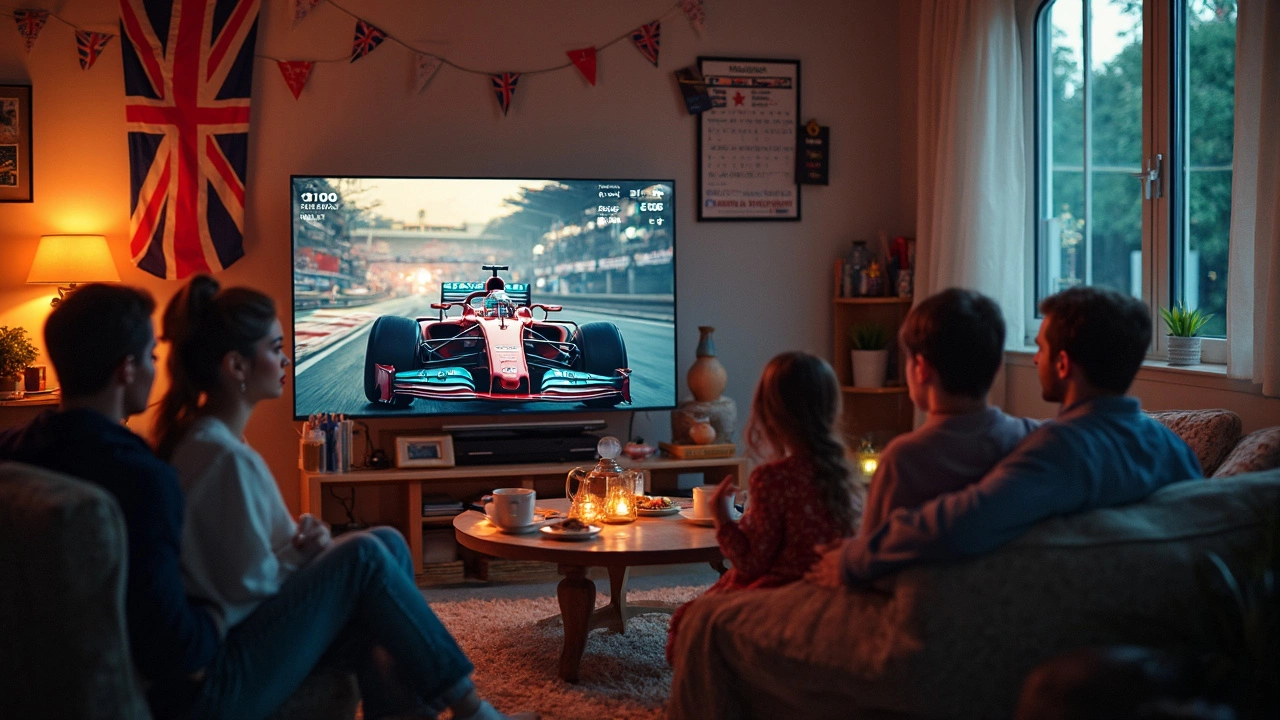F1 Tips: How to Get the Most Out of Every Grand Prix
If you’ve ever felt lost when the lights go out, you’re not alone. The good news is that a handful of simple tricks can turn a confusing broadcast into an exciting experience. Below are the most useful F1 tips you can start using right away.
Plan Your Race Day
The first thing to do is know when the race actually starts. Check the official schedule, note the time zone, and set a reminder on your phone or calendar. If you’re watching from a different continent, a quick Google search will tell you the local start time. Don’t forget qualifying – it usually runs a day before the race and gives you a preview of who’s front‑row and who’s fighting for a spot.
Next, pick a viewing platform that fits your habits. Some fans love the live TV feed for its production value, while others prefer streaming services that let you switch between camera angles. Most services also offer a live timing app that shows sector times, tyre choices, and pit‑stop counts in real time. Having that data on hand makes the on‑track drama much clearer.
Watch Like a Pro
When the race starts, focus on the corners rather than just the straight‑line speed. The most action happens at the apex, where drivers brake hard, turn in, and accelerate out. If you can spot the racing line – the optimal path that balances speed and grip – you’ll understand why a driver might dive inside or pull wide. Notice the tyre colour too; green means soft, white is medium, and red is hard. Soft tyres are fast but wear quickly, so a driver on greens is likely planning a pit stop soon.
Listen to the commentary for flag meanings. A yellow flag means caution, a red flag stops the race, and a blue flag tells a slower car to let a faster one pass. These signals explain sudden position changes that might look random at first glance. Also, keep an eye on the pit lane. A quick pit stop can gain a driver several positions, while a botched one can drop them to the back.
Finally, use post‑race analysis to deepen your knowledge. Most broadcasters release a 10‑minute recap that breaks down key overtakes, strategy calls, and mechanical issues. Rewatching the best moments with the telemetry overlay helps you see exactly where a driver braked hard or gained speed.
With these tips in your toolbox, you’ll feel more confident whether you’re watching from the living room or the grandstand. F1 isn’t just about raw speed; it’s a mix of strategy, engineering, and split‑second decisions. The more you understand, the more thrilling each lap becomes.
